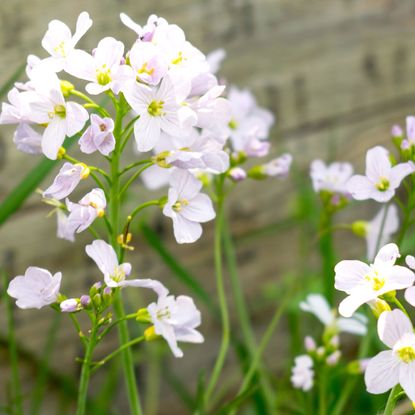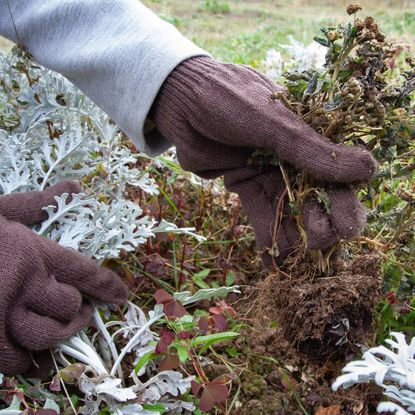Weeds
There are many types of garden weeds, making it difficult to know how to kill weeds, as not all methods work the same for all weed types. For this reason, we have attempted to make the task of weed control in lawns and gardens easier by providing tips on how to identify garden weeds. Once you know more about the common garden weeds found in the landscape, you’ll have a better idea on how to kill weeds that become bothersome. Whether it comes down to taking an organic approach or using a chemical method, our tips will alleviate future problems.
-
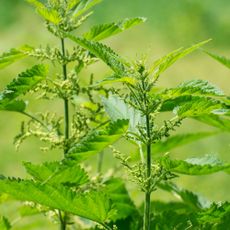
What Weeds Are Really Trying to Tell You About Your Soil – How These 11 Wild Garden Guests Can Help You Assess and Improve Your Yard
They might seem like a nuisance, but don't underestimate the importance of weeds as a soil indicator. Here’s what 11 common garden weeds can tell you about your soil – and what to do next
By Teo Spengler
-
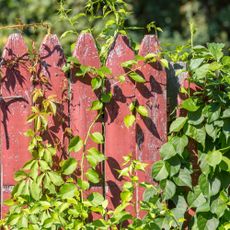
Neighbor’s Weeds Taking Over Your Garden? A Lawyer Shares Expert Tips on How to Talk to Neighbors & What You Can (and Can't) Do
We all want to get along with our neighbors, but what if their weeds are creeping into your pristine beds? Here's how to handle a potentially prickly situation.
By Teo Spengler
-
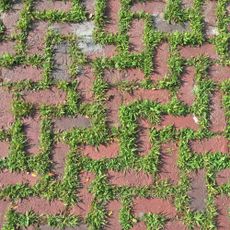
How To Get Rid Of Weeds Between Pavers Permanently – 8 Best Methods For A Weed-Free Patio
Battling weeds between pavers can feel like an endless chore, but we have gathered our best patio weed control methods to make the task a little easier on you.
By Bonnie L. Grant
-
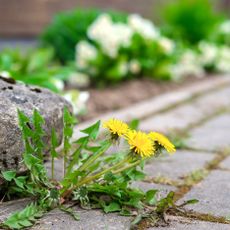
Stop Using Vinegar On Your Weeds – This Brilliant Household Item Works Even Better
Struggling to get rid of weeds with vinegar or baking soda? Try this toolbox staple for eradicating larger and established weeds, and tackling longer, pernicious root systems
By Janey Goulding
-
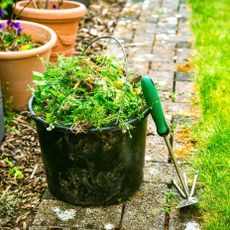
Worried About Weeds? Meet 8 Common Types Of Weeds – Plus, How To Get Rid Of Them
Are you constantly waging a war on weeds and struggling to distinguish one from another? Here’s a guide to the most common types of weeds and how to fight them
By Amy Grant
-
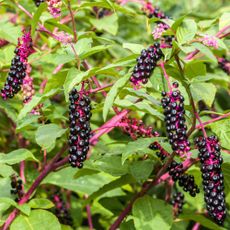
People Hate This Toxic Weed, But I Secretly Love It – Discover The Unexpected Benefits Of The Beautiful Pokeweed Plant
Sure it's poisonous and invasive, but to me, pokeweed is the perfect plant for a wildlife garden. Here's why I love this noxious weed no matter what people say.
By Teo Spengler
-
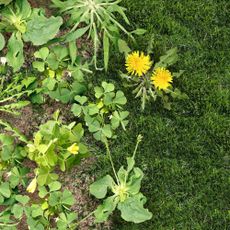
This Is The #1 Worst Weeding Mistake You Can Make – And What I Do Instead To Keep Weeds Under Control
Don't make this weeding mistake. Properly removing weeds in the garden is critical to keeping them under control. Follow these tips for weeding success.
By Mary Ellen Ellis
-
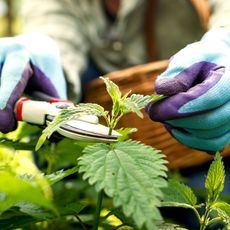
Don’t Touch Without Gloves! 8 Poisonous Weeds You Should Not Remove Bare-Handed
While weed spotting is usually geared towards pulling them out quickly, there are exceptions. Check out these poisonous weeds and noxious plants – and grab your best gloves!
By Amy Grant
-
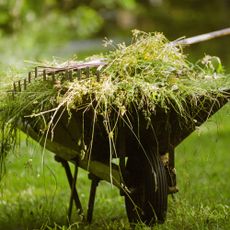
Complete Weeding Guide For Gardeners – How To Get Rid Of Unwanted Weeds
Learn effective methods of weed control.
By Teo Spengler
-
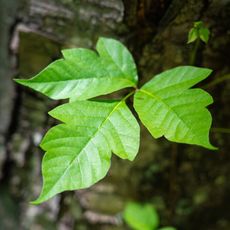
How To Identify Poison Ivy To Prevent A Painful Rash – Plus, Common Lookalike Plants
One mistake you don’t want to make is not knowing what poison ivy and oak look like. Learn about the differences in some poisonous plants to avoid.
By Caroline Bloomfield
-
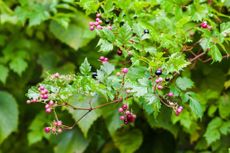
Peppervine Control: Tips On Managing Peppervines In The Garden
Due to its vigorous root system, once peppervine takes hold, it will overtake a garden and choke out other plants in its path. Learn about controlling it.
By Shelley Pierce
-
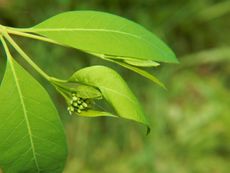
What Is Hemp Dogbane: How To Get Rid Of Dogbane Weeds
Hemp dogbane weed is also known as Indian hemp. In earlier times it was used as a fiber plant. Today, it's considered a scourge in certain regions. Learn more about its control.
By Bonnie L. Grant
-
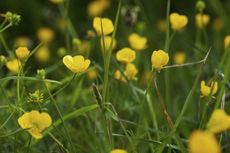
Buttercup Control: How To Kill Unwanted Buttercup Weeds In Your Garden
Its cheery yellow flowers are quite pretty, but buttercup has an insidious nature and will insert itself craftily into your landscape. Learn how to kill buttercup weeds.
By Bonnie L. Grant
-
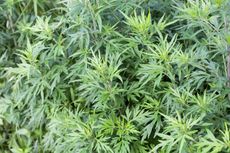
Mugwort Control & Tips For Getting Rid Of Mugwort
Mugwort is a persistent weed but it is also a member of the Artemisia family of beneficial herbs. Mugwort control is a challenge due to its hardiness and spreading rhizomes. Learn about mugwort control.
By Bonnie L. Grant
-
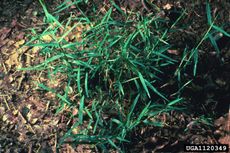
Nimblewill Plant - Information On Nimblewill Treatment
Nimblewill grass pops up in turf lawn and looks a lot like turf grass, until it doesn't. Learn about some ways to control it.
By Nikki Tilley
-
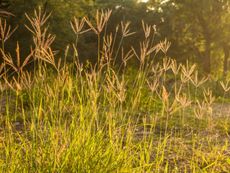
What Is Windmill Grass: Learn About Windmill Grass Information And Control
Windmill grass is a prolific grower. Its windmill spikelets help to identify it.
By Bonnie L. Grant
-

Bull Thistle Control: Managing Bull Thistle Plants In Gardens
Learn how to get rid of bull thistle, a prickly biennial that grows freely in disturbed soils, pastures, and unmanaged spaces. Prevent this prolific weed from taking over your garden.
By Bonnie L. Grant
